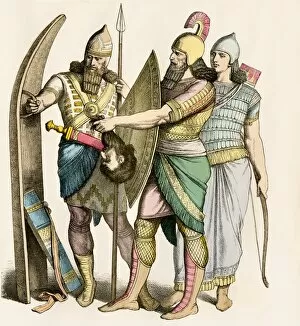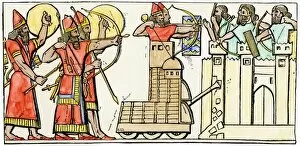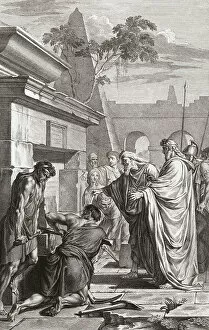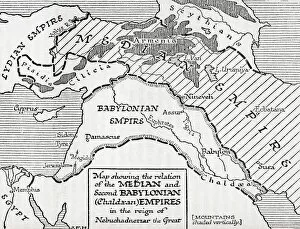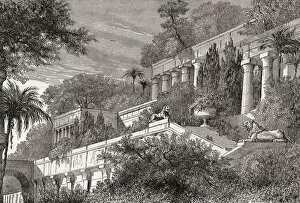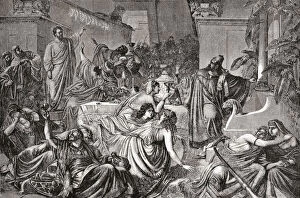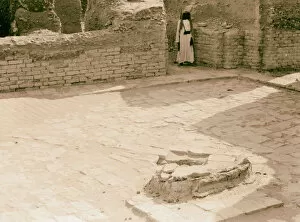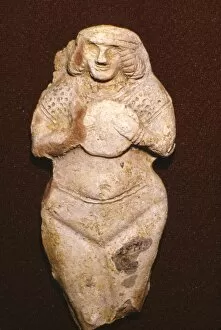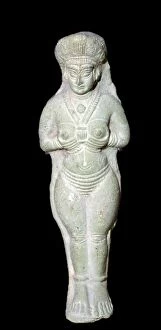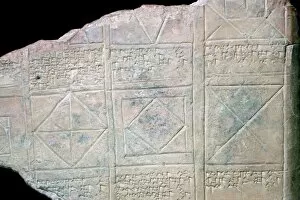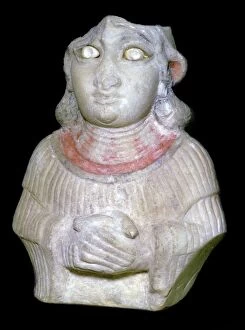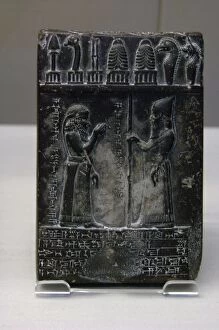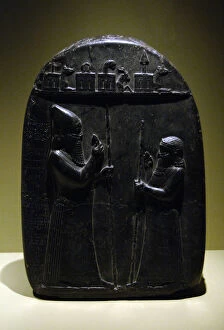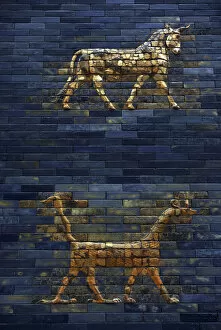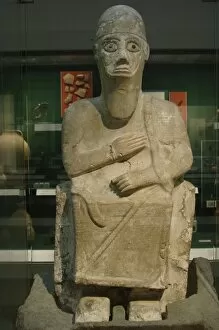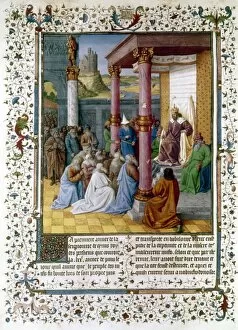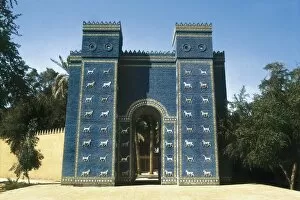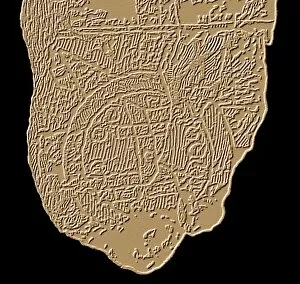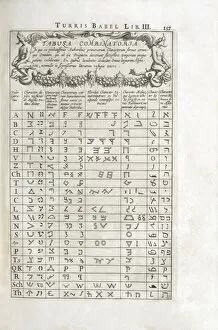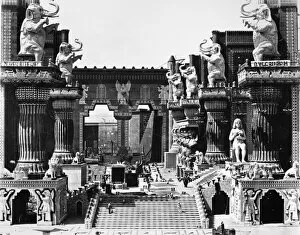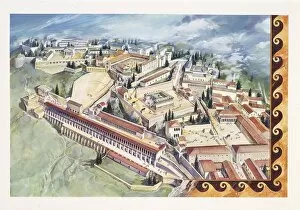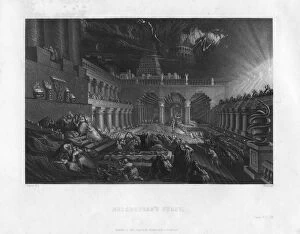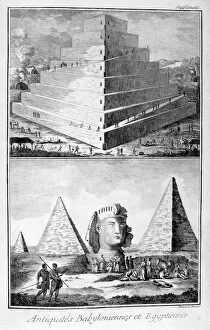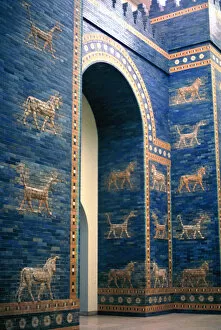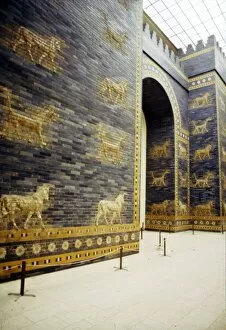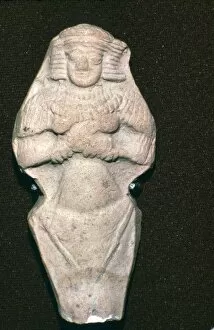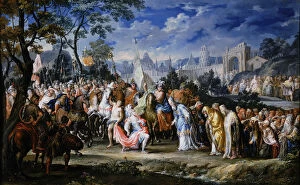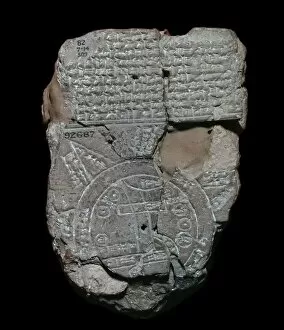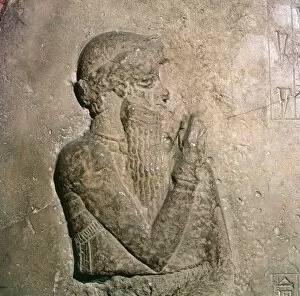Babylonian Collection (#6)
Step back in time and immerse yourself in the enchanting world wonders
For sale as Licensed Images
Choose your image, Select your licence and Download the media
Step back in time and immerse yourself in the enchanting world wonders. From the awe-inspiring Hanging Gardens of Babylon to the ancient Code of Hammurabi, this captivating civilization has left an indelible mark on history. One cannot help but be mesmerized by the grandeur of the Ishtar Gate from Babylon at Berlin Pergamon Museum. Standing tall in Berlin, Germany, it serves as a testament to the architectural brilliance of the Babylonians. The intricate details and vibrant blue hues transport you to a bygone era. Speaking of gates, let us not forget about the magnificent Ishtar Gate itself. Its reconstruction offers a glimpse into its former glory, adorned with majestic lions that once decorated its Processional Wall. These powerful creatures symbolize strength and protection - qualities revered by ancient civilizations. Delve deeper into their rich culture through artifacts like the Tablet of Shamash dating back to 9th century BC. This remarkable piece showcases reverence for Shamash, the sun-god worshipped for his wisdom and justice. The Hanging Gardens of Babylon continue to captivate our imagination even today. Often hailed as one of the Seven Wonders of Ancient World, these lush terraced gardens were said to have been built by King Nebuchadnezzar II for his queen who longed for her homeland's greenery. As we explore further, we encounter fascinating stories such as Pyramus & Thisbe - a tragic tale that originated from Babylonia and later became part of classical mythology worldwide. Love knows no boundaries or walls; it transcends time and place. Speaking of walls, let us marvel at exquisite Babylonian wall tiles that showcase their mastery in craftsmanship and artistry. Each tile tells a story - whether it is depicting mythical creatures or scenes from daily life – they offer glimpses into their society's beliefs and aspirations. A closer look at Bull Adad adorning symbols on Ishtar Gate reveals the significance of deities in Babylonian culture.

